Japanese graves and cemeteries are a bit different from what most westerners are used to. Japanese gravestones are just big blocks in a cemetery, sometimes with additional blocks, or like holders for things, and a bunch of other strange stuff that I never really understood or took the time to look into.
I always wondered—what does all of this signify? Is there something buried underneath them? Do they channel psychic energy to allow one to communicate with the dead? Well in today's post, we're going to figure that all out. So pack your bags, kids—we're going on a Japanese funeral adventure.
Your Japanese Funeral Starts With Cremation

Compared to the majority of western nations, Japan usually cremates their dead instead of putting them in the ground. Japan has one of the highest cremation rates in the world, reporting a cremation rate of 99.85% in 2008 (compared to the USA at ~40%).
Since cremated remains end up much smaller in size than the usual corpse, they can be shared between surviving relatives. Have you ever tried sharing a corpse before? It's not pretty. Those who don't wish to keep the ashes at home must buy an expensive plot of land and have a grave erected at further expense. Or they can just dump the ashes out, but that's just plain rude. Whereas many old graves in Japan are simply memorial stones, the modern grave is more geared towards the storage of ashes.
In a Japanese style cremation, the coffin is placed on a tray in the crematorium. The family then witnesses the sliding of the body into the cremation chamber, scarring small children for life. The cremation time varies based on the size of the body, so the family leaves and then returns once the cremation has been completed. Apparently it takes about an hour and a half to cremate an adult body, 45 minutes for a child, and 15 minutes for a stillborn. Not something I really want to be thinking about, but if you were curious, there you go.
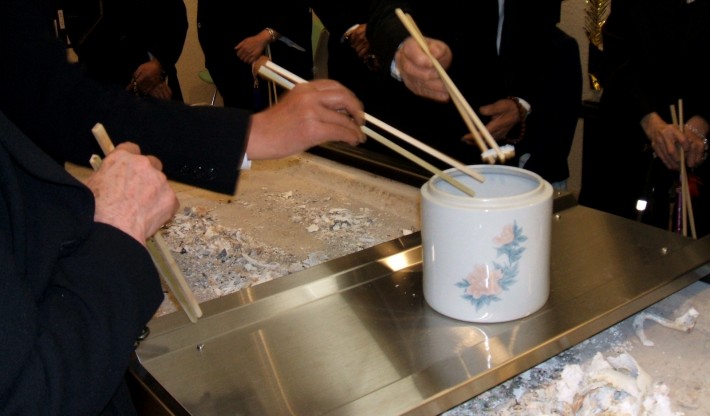
After the appropriate time, the relatives go back and pick the bones out of the ashes and transfer them to an urn using large chopsticks or metal picks. Sometimes, two relatives will hold the same bone at the same time with their chopsticks in order to move it. This is the only time in Japan when it is proper for two people to hold the same item at the same time with chopsticks.
At all other times, two people holding anything with chopsticks at the same time will remind everyone of the funeral of a close relative causing everyone to break down and cry for hours on end. This is considered a major social faux pas in Japan.
To ensure the eternal comfort of the deceased, the bones of the feet are placed first, and the bones of the head placed last. Wouldn't wanna be upside-down for all eternity, now would ya?
In some cases, the ashes may be divided among more than one urn. For example, some ashes will go to a family grave, some to the temple or a company grave, and some might even go into outer space!
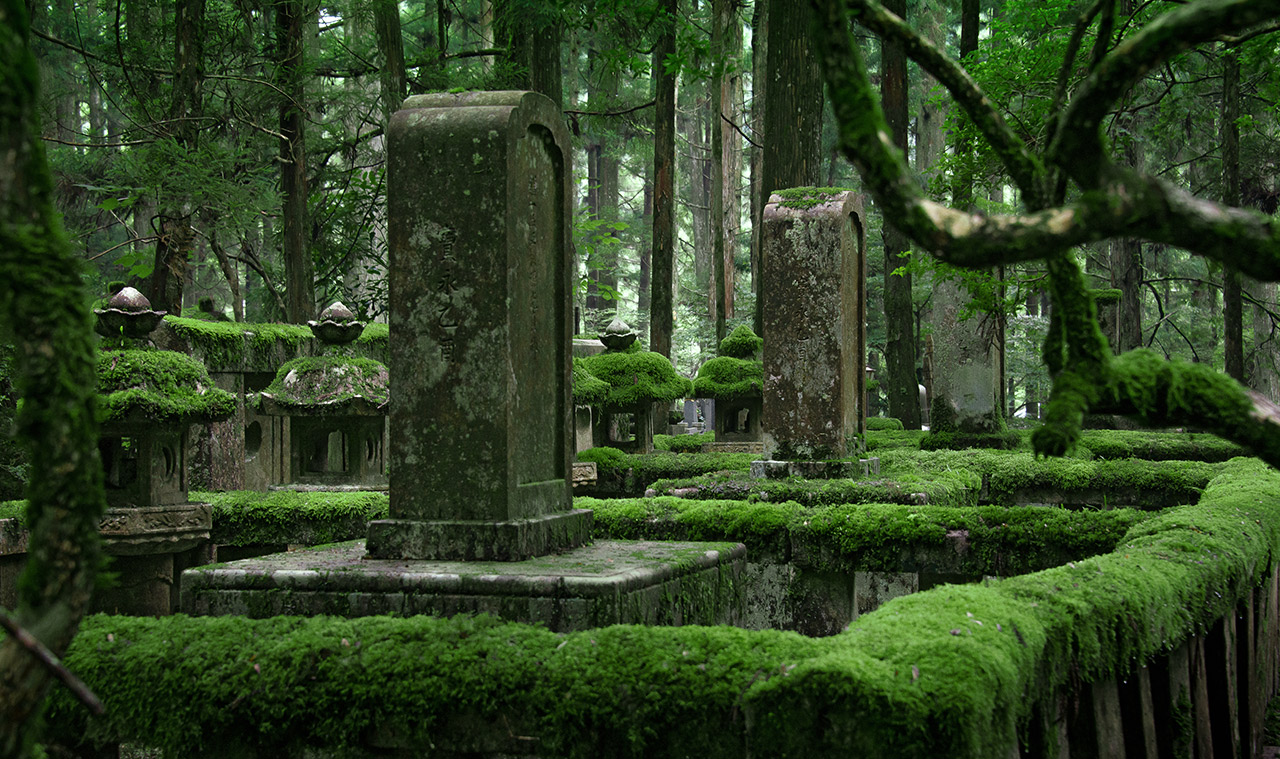
Many companies have graves in the largest graveyard in Japan, Okunoin. These graves are for former company employees and their relatives, and often feature gravestones that are related to the companies' business. For example, the coffee company UCC provides a gravestone in the shape of a coffee cup.
The Typical Japanese Grave
A typical Japanese grave is usually a family grave consisting of a stone monument with a place for flowers, a place for incense, water in front of the monument, and a chamber or crypt underneath for the ashes. You'll often see sprigs of Japanese star anise in the vases. At the bottom is a sealed chamber for the ashes which are held in ceramic pots. The front of the stone pillar generally states what family the grave belongs to.
The names of the family members are sometimes carved all at once on one side of the topmost stone, and the names of those still living are colored red. The red is then removed when that person dies. The reason for this is largely economical with it being cheaper to have the names all carved on at the same time, however this practice is less frequent these days.
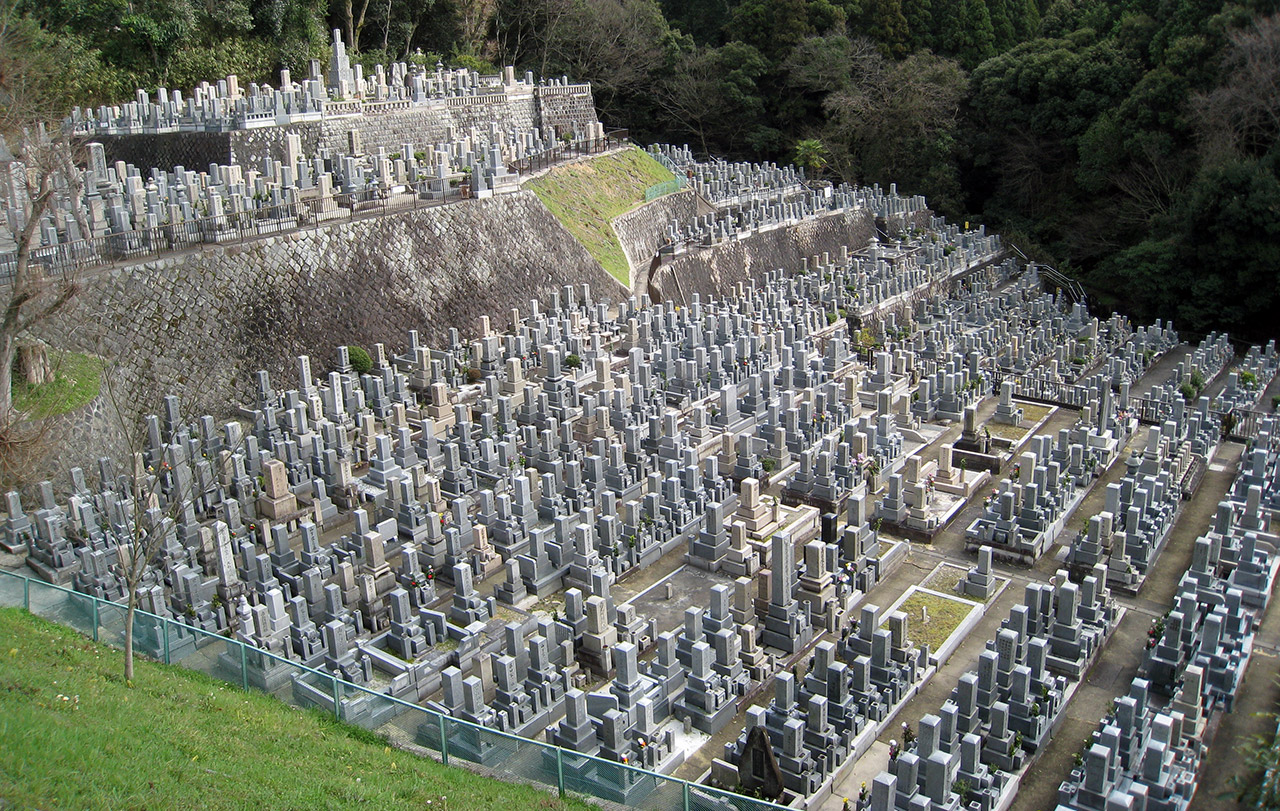
But that doesn't make it any less creepy. I wouldn't prefer to have my name on a grave, especially in red letters, making it stand out and everything. It can also be seen as a sign that those left behind are waiting to follow their family member (spouse, etc) into the grave. Romantic or creepy? You be the judge.
Other grave features include a family crest, and many graves also have stone lanterns in front of them. Some may have a post box where you can leave your business card to show that you've paid your respects in case anyone is keeping tabs on you, and there might even be a stone slab with a genealogy of the family carved on it too.
Fun Facts and the Future of Japanese Graves
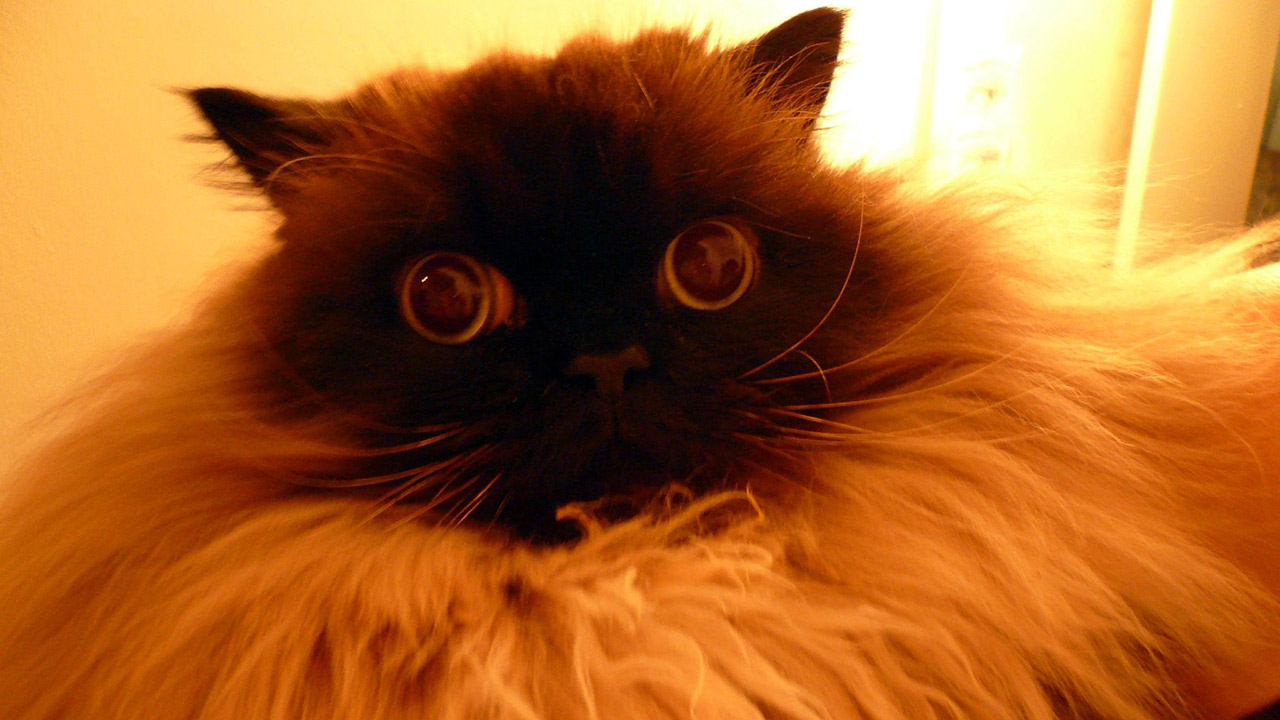
Gravestones can also be used to judge the relative intensity of earthquakes. If the topmost stone has fallen off and is lying broken in pieces, you'll know it must've been a big one. Although if you were around the area when the earthquake happened, I'm sure you'd already know that.
The high prices of Japanese funeral plots, costing on average ¥2,000,000 (~$24,000), have led to a new service of "Grave Apartments", where a locker-sized grave can be purchased for about ¥400,000 (~$5,000). Some of these may even include a touch screen showing a picture of the deceased, messages, a family tree, and other information. Behold! The graves of the future.
Expanding on this idea, a Japanese gravestone maker has developed gravestones with bar codes embedded in them. When visitors come to the site of their dead relative, they can take a picture of the tag with their cell phone, and it'll show all the details of the deceased's death and also logs how many times the tag was scanned, so visitors know when other family members last visited the grave site.
There are also other places where the cremated remains of your loved ones are stored in a fancy sealed box kept in an underground vault from the future. When you wish to access the box, you scan an RFID card which then tells the system to bring up your box and place it in the prayer area for you to pay your respects.
There have also been a number of cases where the ashes of deceased persons have been stolen from graves for various reasons. The ashes of famous cartoonist Machiko Hasegawa and of the wife of real estate chairman Takichi Hayasaka were stolen for ransom.
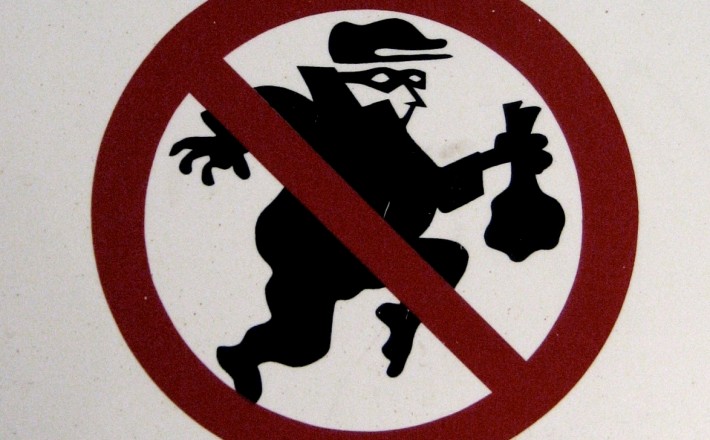
The ashes of famous novelist Yukio Mishima were stolen in 1971 and the ashes of novelist Naoya Shiga were stolen in 1980. The ashes of the wife of the baseball player Sadaharu Oh went missing in December 2002. And this is one downside of cremation—the remains are much easier to pilfer.
